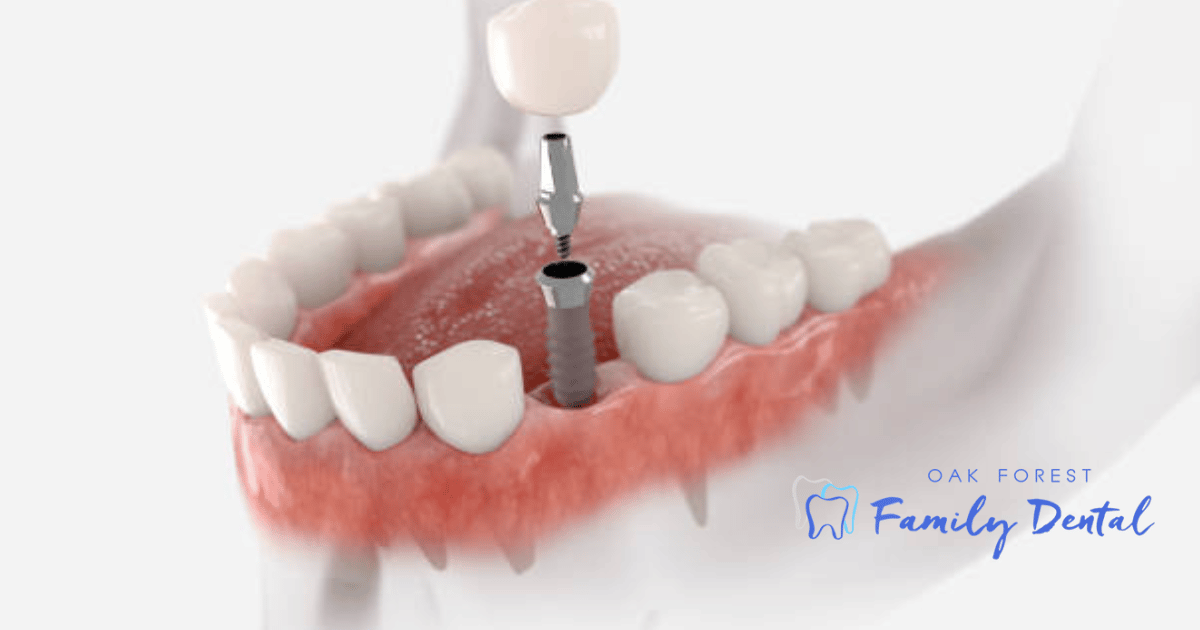Dental implants are an excellent way for people who want to improve their smile. But it has more benefits than just making things look better. There are times when dental implants can make your life better. These dental tools can also help you in other ways.
What are dental implants?
Dental implants are replacement teeth made of metal or ceramic put into the jawbone. Titanium cylinders are surgically placed below the gums to hold the replacement teeth in place and act as mounts.
The procedure must be done by a licensed dentist and with the right dental tools. By doing this, you reduce health risks and keep yourself safe.
Why are dental implants so popular?
1. It looks natural and fits well.
It gives patients the confidence to smile, eat, and do social things without worrying about their appearance or if their dentures will fall out.
2. Reliable and lasts a long time.
With the proper care and maintenance, implants can last as long as regular tooth fillings, and the results are always the same.
3. A high rate of success.
Implants are most likely to work for people who are in good health. When they are well planned and cared for, dental implants usually last as long as or longer than other ways to replace teeth. And as technology and techniques for implants get better, so should the rate at which they work.
4. Better ability to chew and eat
Like natural teeth, implants are fixed to your jawbone. Over time, they will help keep the jaw bone healthy and stop much bone loss. When you get implants to replace missing teeth, you can chew your food better and speak more clearly.
5. Changes to the face and bones
When you get a traditional bridge, you must cut the teeth next to it. With implants, you don’t have to do that. They will also keep the bone healthy and stop the breakdown and loss of bone that causes the jawbone to get shorter. Dental implants also help restore the structure of your jawbone because they lighten the load on your remaining oral systems and teeth, protect natural tooth tissue, and slow down bone resorption and deterioration, which can cause your jawbone to lose height.
What are the health benefits?
There are several positive outcomes associated.
1. Dental implants function just like natural teeth.
The implant tooth looks like a natural tooth to most patients. They can use it generally for eating, brushing, and flossing. An implant’s primary benefit is the return of complete chewing function.
2. It lasts a lifetime.
A dental implant can last a lifetime, but a dental bridge may last for ten years. The titanium implant fuses with the patient’s jaw. It’s bio-compatible, meaning it’s safe and won’t cause adverse reactions. Overall, it’s an effective artificial tooth.
3. Dental Implants prevent bone loss.
The jaw bone around a missing tooth gradually deteriorates because it isn’t being stimulated. If an implant is not timely set during the first year after losing a tooth, the surrounding bone tissue will atrophy by 25%.
Dentures can hasten bone loss because they frequently become loose and grind on the bony ridge, eroding it slowly but surely. When an implant is used to replace a missing tooth, the replacement of both the root and the tooth takes place, and then it helps restore regular chewing function.
4. Dental implants keep nearby teeth stable.
When a tooth is missing, the teeth around it may shift unevenly to fill the space. A person’s bite, chewing skills, and even appearance can all be negatively impacted by this. As a result of the interference it creates, future tooth replacement may be challenging. The temporomandibular joint (TMJ) is also susceptible to damage from a bad bite, which can cause further pain and even migraines.
5. Dental implants can help you stay free of gum disease.
Dental implants save you from gum disease. Gum disease is driven by the accumulation of bacteria and food in spaces created by missing teeth.
Summary
Crowns, or prosthetic teeth, can be securely anchored into the mouth by dental implants. They are used as the prosthetic tooth’s root and placed into the jawbone. Dental Implants look natural and have survived for decades. Visit your nearby implant dentist in Oak Forest to understand in detail.


